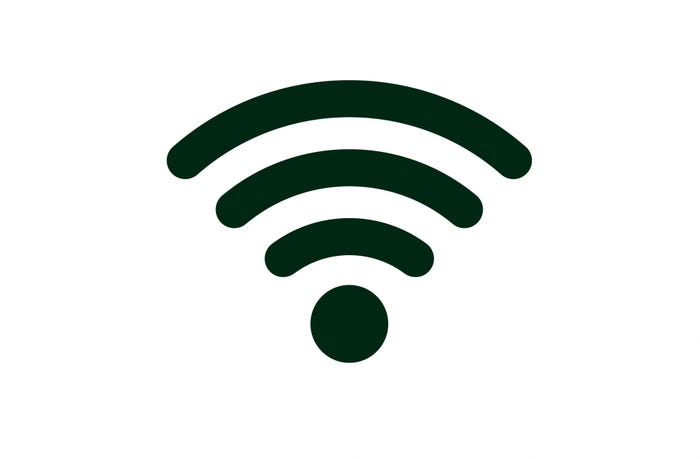7 Wireless LAN Trends to Watch in 2019
Wi-Fi 6, WPA3 security and analytics will top the wireless agenda.
December 26, 2018


Jeffrey Schwartz
By Jeffrey Schwartz
Business of all sizes of all sizes will be candidates to evaluate their wireless networks in 2019 as the demand for available, reliable and faster connectivity expands with the growth of connected applications and the rollout of new technologies.
Even enterprises customers that have mature Wi-Fi infrastructures have upgrade cycles to ensure they’re secure and able to handle the latest network speeds.
Many enterprises will start laying the groundwork for considering the implications of new standards such as 802.11ax aka Wi-Fi 6, the buildout of 5G networks and how capabilities such as Zigbee for smart-connected IoT devices will play.
Meanwhile, there’s growing demand by SMBs of all sizes, from local pizza parlors and auto repair shops to small offices, dental offices, public libraries and houses of worship. Many of these small businesses still have no – or limited – Wi-Fi, but are increasingly realizing that offering reliable access to customers and visitors is becoming an expectation.
The SMB is becoming a key battleground, according to industry analysts.

IDC’s Brandon Butler
“Pretty much all the wireless vendors have a midmarket and SMB-focused platform now, even with Cisco with Meraki and Aruba,” said IDC analyst Brandon Butler.
Among those recently to put a new stake into the SMB market is Linksys, the high-end consumer Wi-Fi equipment provider that Belkin acquired from Cisco six years ago. Linksys’ entry to the SMB market included its Cloud Manager and two-ceiling or wall-mountable wireless access points, suited for businesses with fewer than 100 employees.
Wayne Newton, director of Linksys’ commercial business, argued that SMB offerings by enterprise network vendors including Cisco, HPE’s Aruba and others are often out of reach for those customers who use consumer-grade alternatives.
Throughout the fourth quarter of 2018, as part of our “In Focus” series, we are featuring a series of galleries designed to help partners grow their businesses in 2019 and beyond. |
“It’s a huge market and it’s really underserved,” Newton said of small businesses.
Adding or improving connectivity isn’t the only component of the Wi-Fi opportunity. Customers also are realizing that they need to put controls on that access, whether it’s how to allocate bandwidth to making sure their Wi-Fi networks are secure and not putting them at risk for intruders or the spread of malicious code by devices that aren’t adequately protected. Earlier this year, the Wi-Fi Alliance certified the latest wireless security spec, WPA3, which offers enterprises 192-bit security.
Industrywide revenue growth of Wi-Fi equipment is only in the single digits, though IDC is forecasting a 4.6 percent compounded annual growth rate (CAGR) through 2022, when revenue is expected to reach $12 billion, up from $9.5 billion in 2017.
The growth rate among businesses and enterprises will outpace the consumer segment, with a five-year CAGR of 5.5 percent, translating to a projected $7.5 billion in 2022. Cisco, the market leader, extended its strong position last quarter to command a 46 percent share of the market, up from 44.7 percent over the third calendar quarter of 2017, according to the December 2018 IDC Tracker report.
Cisco’s gain came at the expense of HPE’s Aruba, a distant but firm No. 2, whose share dropped despite a 10.7 percent year-over-year increase in revenue — due to a sequential drop. Along with Cisco and Aruba, Ruckus, Ubiquiti and Huawei were among the five largest wireless LAN equipment providers in terms of market share during the third quarter of this year.
Scroll through the gallery below that highlights seven technologies and market trends that will shape the wireless networking agenda in 2019.
Read more about:
AgentsYou May Also Like
